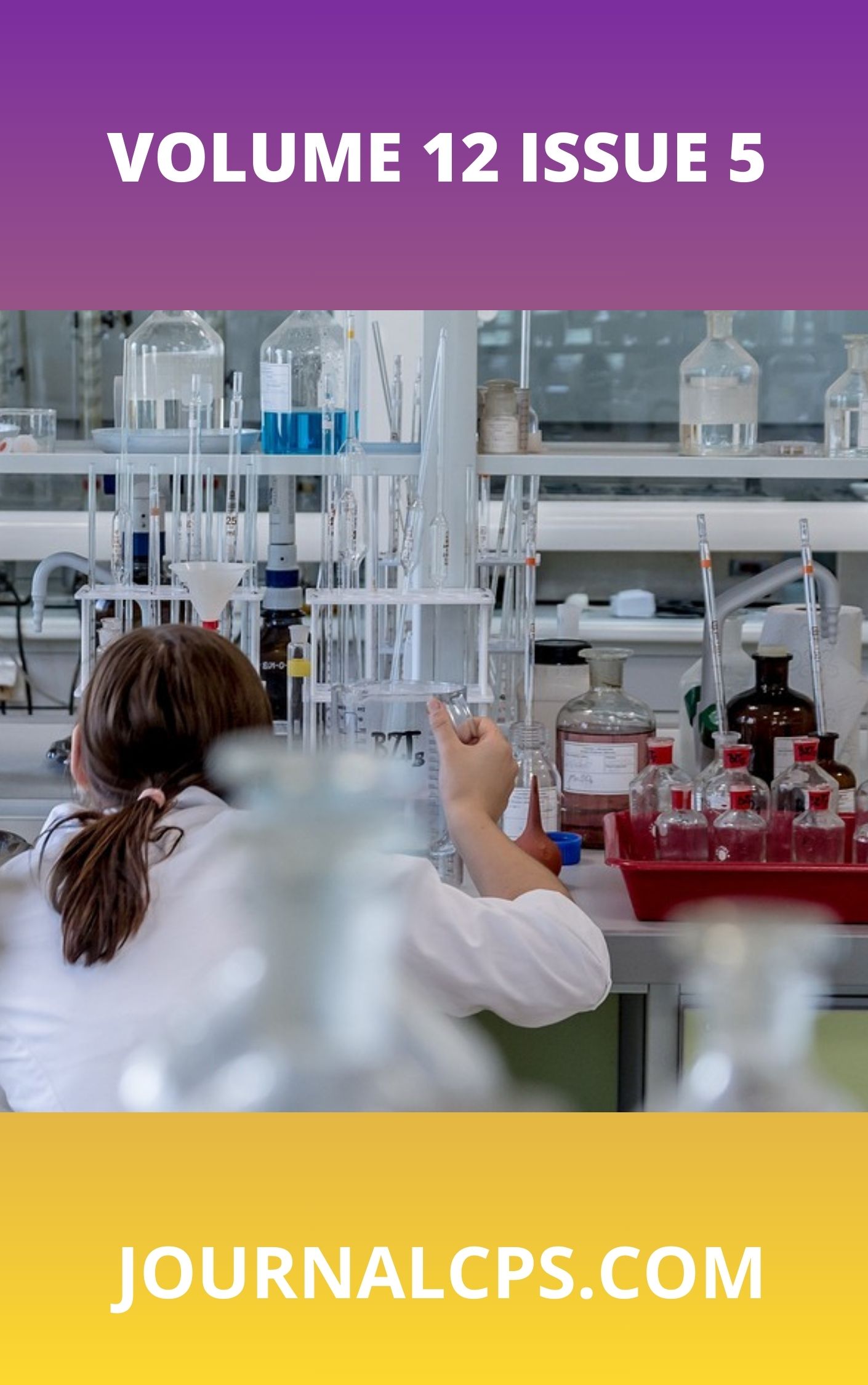A Conceptual Framework for Managing Pandemics: Integrating Disease Models with Public Behavior and Misinformation Control
Keywords:
Pandemic modeling, Public behavior, Misinformation, SEIR model, Dual-spread frameworkAbstract
Pandemic response strategies have traditionally relied on classical epidemiological models such as SIR and SEIR, which primarily focus on the biological transmission of infectious diseases. However, these models often overlook the significant influence of public behavior, trust in science, and the rapid dissemination of misinformation. This paper proposes an integrated conceptual framework that bridges these gaps by combining epidemic modeling with behavioral and informational dynamics in what is termed a "Dual-Spread Model." Through a synthesis of literature, historical examples (COVID-19, H1N1, Ebola), and illustrative diagrams, the study reveals how misinformation, public trust, and community responses can either amplify or suppress disease spread. The framework emphasizes feedback loops between disease outcomes, information flows, and behavioral responses, offering practical insights for policymakers. Key policy recommendations include behavior-informed vaccination campaigns, targeted communication strategies, and coordinated efforts between public health institutions and information platforms. This interdisciplinary approach provides a more robust and adaptive tool for future pandemic preparedness and response.
Similar Articles
- Musa Ndamadu Farouq, Nwaze Obini Nweze, Monday Osagie Adenomon, Mary Unekwu Adehi, Derivation of a New Odd Exponential-Weibull Distribution , Communication In Physical Sciences: Vol. 11 No. 4 (2024): VOLUME 11 ISSUE 4
- Samson Osinachi Nwadibia, Henry Patrick Obong, Ephraim Okechukwu Chukwuocha, Analytical Solutions of the Schrodinger Equation with q-Deformed Modified Mobius Square Potential Using the Nikiforov-Uvarov Method , Communication In Physical Sciences: Vol. 9 No. 4 (2023): VOLUME 9 ISSUE 4
- Kingsley Ochommadu Kelechi , Onwubuariri Nnamdi Chukwuebuka, Chiazor Faustina Jisieike, Ezere, Uchechi Ahunna, Muyiwa Michael Orosun, Chisom Loveth Kelechi, Health Risk Assessment of Heavy Metal Contamination in Water Sources at Michael Okpara University of Agriculture , Communication In Physical Sciences: Vol. 12 No. 3 (2025): VOLUME 12 ISSUE 3
- Aminu Ismaila, Abubakar Sadiq Aliyu , Yakub Viva Ibrahim, Evaluation of Gamma Radiation Dose Level in Mining Sites of Riruwai, Kano, Nigeria , Communication In Physical Sciences: Vol. 8 No. 1 (2022): VOLUME 8 ISSUE 1
- Okoche Kelvin Amadi, Onyinyechi Uloma Akoh, Godson Chukwudi Eric, Adsorption Studies on the Inhibitive Properties of Aqueous Extracts of Theobroma cacao (TC) Leaves on Mild Steel in 1.0 M HCl , Communication In Physical Sciences: Vol. 9 No. 3 (2023): VOLUME 9 ISSUE 3
- Patricia Ese Umoru, Femi Emmanuel Awe, Joseph Ifeanyi Uche, Oluwayemi Abiodun Babatunde, Ibrahim Aliyu Salaha, Investigation of the Adsorptive And Inhibitive Properties Of Cucurbita Maxima Peel Extract And Halide Ions As Inhibitors For Stainless Steel in 1m H2so4 Solution , Communication In Physical Sciences: Vol. 10 No. 2 (2023): VOLUME 10 ISSUE 2
- Kabiru Usman, H. Abba, O. R. A. Iyun, Preparation and Characterization of African Star Apple Seed Shell (Chrysophyllum Africanum) For The Removal of Acid Red 9 , Communication In Physical Sciences: Vol. 8 No. 1 (2022): VOLUME 8 ISSUE 1
- Dueke-Eze, Metal complexes of 4-aminopyridine Schiff bases: Potent molecules in the design of anti-tuberculosis agents , Communication In Physical Sciences: Vol. 9 No. 3 (2023): VOLUME 9 ISSUE 3
- Ifeanyi E. Otuokere, K. K. Igwe, Ni(II) complex of (3,3-dimethyl-7-oxo-6-(2-Phenylacetamido)-4-thia1-Azabicyclo[3.2.0]heptane-2-carboxylic acid : Synthesis, characterization and antibacterial activities , Communication In Physical Sciences: Vol. 5 No. 1 (2020): VOLUME 5 ISSUE 1
- Emmanuel Gbenga Dada, David Opeoluwa Oyewola, Stephen Bassi Joseph, Deep Convolutional Neural Network Model for Detection of Sickle Cell Anemia in Peripheral Blood Images , Communication In Physical Sciences: Vol. 8 No. 1 (2022): VOLUME 8 ISSUE 1
You may also start an advanced similarity search for this article.




